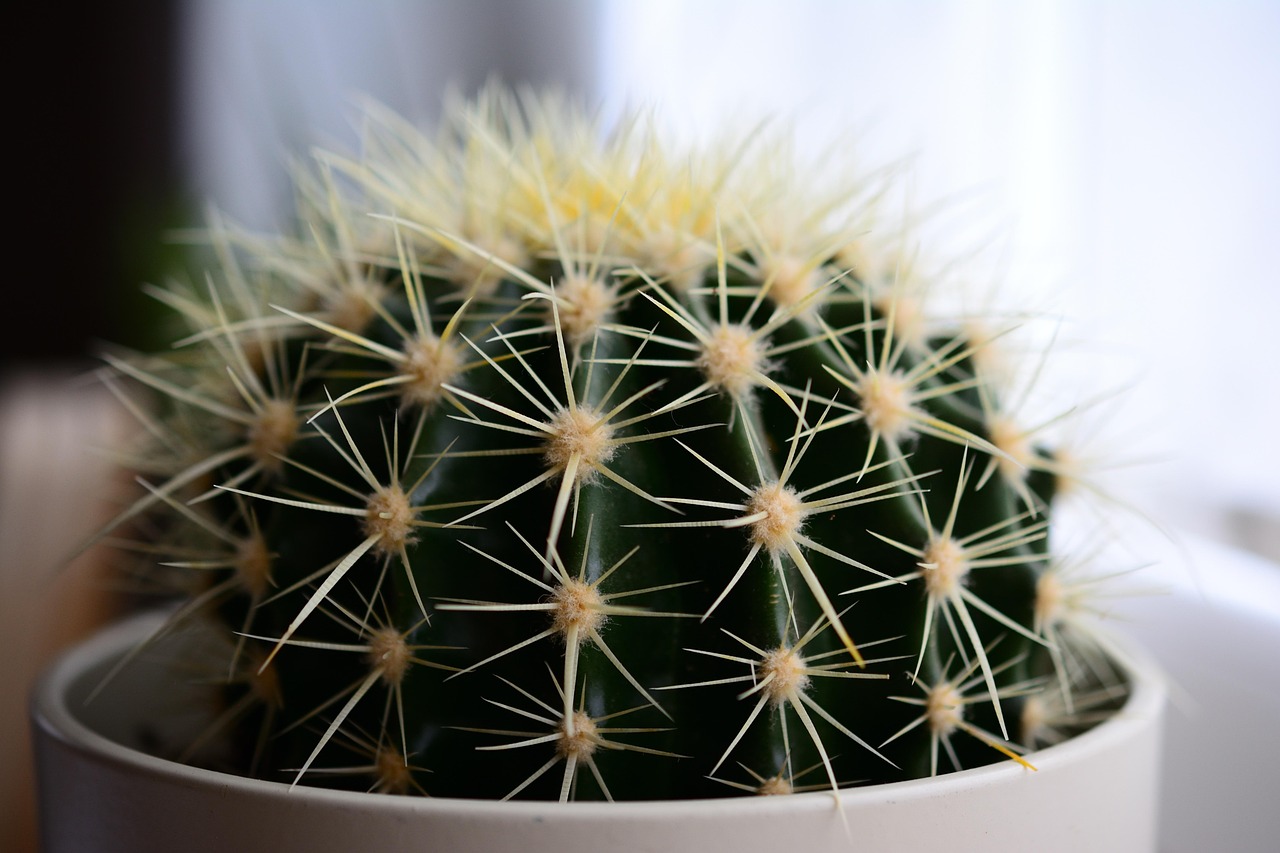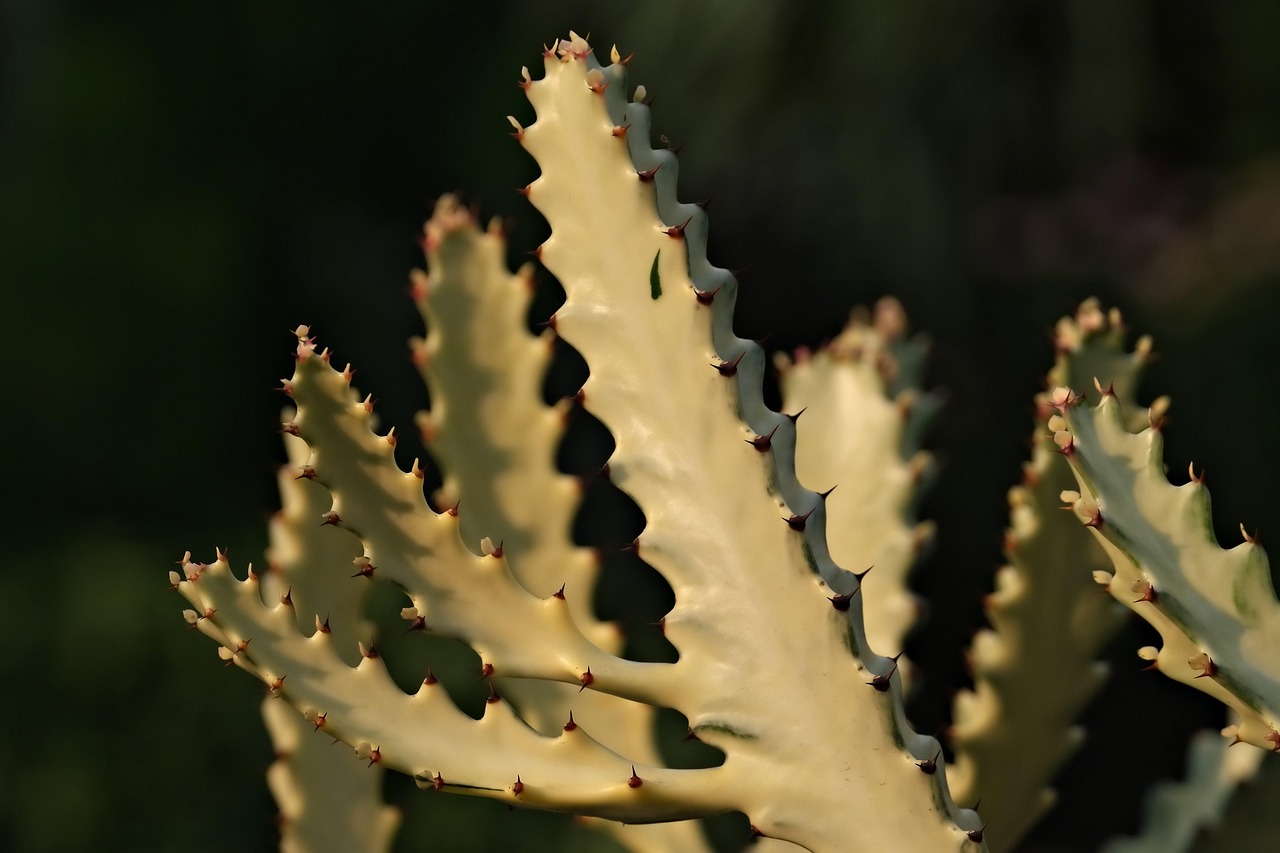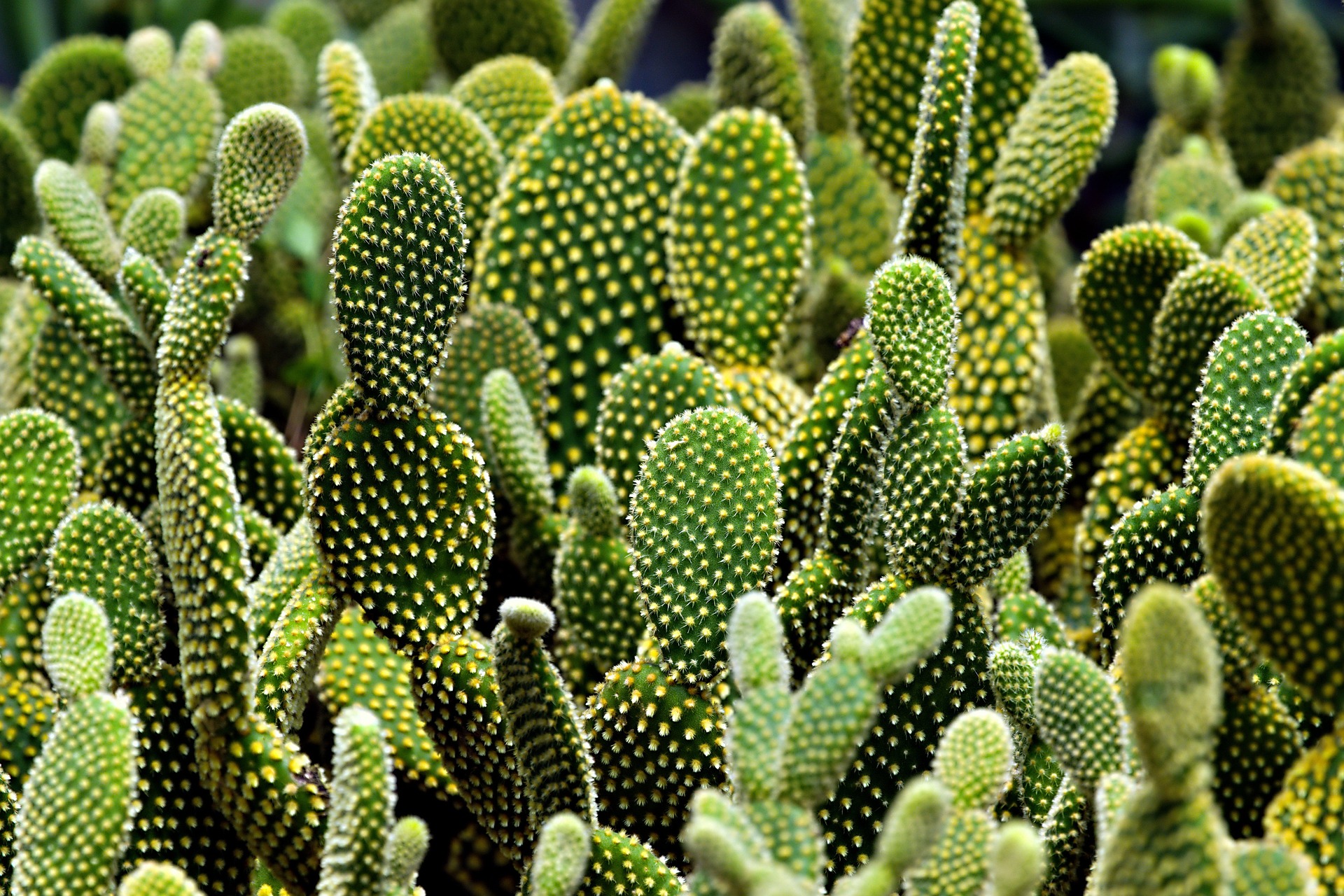Holiday cacti are the kind of plants that quietly move through families. A cutting from your grandmother’s windowsill, a pot from a neighbor, a mystery plant that blooms right when the days feel shortest. At some point, someone called it a Christmas cactus, and the name stuck. The twist is that a lot of those “Christmas” cacti are not Christmas cacti at all, and the real identity changes how you talk about them, share them, and time their best show.
Both Christmas and Thanksgiving cacti are forest cacti from Brazil, which already sets them apart from the desert stereotype. They grow in trees, love filtered light, and bloom in cool seasons, which is why their names cling to holidays. Because their flowers can overlap between November and January, timing alone will mislead you. To actually know what you have, you need to look closer at the stems, blooms, and posture. Once you see it, you cannot unsee it.
Why It Matters Which Cactus You Have

Getting the name right is about more than trivia. It honors the history of those passed-down plants and helps you understand why one relative swears theirs blooms at Thanksgiving while yours waits for late December. You are mapping a family story onto a living thing.
Knowing the species also makes care notes click into place. These plants behave slightly differently with light, temperature, and day length, and recognizing those patterns means fewer guesswork changes, fewer lost buds, and more predictable color when you actually want it.
The One Feature That Gives It Away

Start with the stem segments. On a true Thanksgiving cactus (Schlumbergera truncata), each segment edge has pronounced, pointed teeth that look like little hooks or claws. Run your eye along the outline; it is sharp and jagged.
A Christmas cactus (Schlumbergera x buckleyi) softens everything. Its segments are more rounded, with scalloped edges that feel gentle and smooth, almost leaflike. That softened silhouette is your first big clue.
Thanksgiving cacti also tend to stand more upright at the tips, like they are reaching. Christmas cacti usually drape, arching down in a relaxed, hanging shape that reads softer at a glance.
If your plant leans spiky and alert rather than flowing and cascading, you are almost certainly looking at a Thanksgiving cactus that has been mislabeled along the way.
The Good News About Care
Here is the easy part: you do not need two separate care routines. Thanksgiving and Christmas cacti prefer very similar conditions, which is why they can both thrive in the same home without drama.
Treat them as forest epiphytes, not desert survivors. That simple mindset shift protects you from underwatering, harsh sun, and gritty desert mixes that never fully suit these plants long-term.
Reading Flower Clues Like A Pro
Flower shape is your second reliable identifier. Thanksgiving cactus blooms are more dramatic and directional, with tubular flowers that flare and curve, often projecting outward like a burst. They look a little wild, which matches the pointed stems.
Christmas cactus flowers are more symmetrical and balanced. Their tubular blooms feel layered and even, opening in a softer, radial way that suits their trailing posture and rounded segments.
Color can overlap, so do not rely on shade alone. Both can come in pinks, reds, whites, and oranges, though Thanksgiving types often show bolder, high-contrast tones, especially around the stamens.
When bloom time lines up with Thanksgiving and the plant screams spikes and extroverted flowers, it is a strong sign you are dealing with a Thanksgiving cactus, not a Christmas one.
How Bloom Timing Fits Into The Puzzle

People often assume bloom date is everything: November must mean Thanksgiving cactus, December must mean Christmas. It is not that simple. Indoor conditions, artificial light, and temperature can easily shift the schedule.
Think of timing as supporting evidence, not the main witness. A plant that regularly peaks in late November or early December and has clawed segments and wild flowers is aligning on all fronts with Thanksgiving cactus traits.
A true Christmas cactus usually sets buds and blooms closer to late December into January, especially when it gets cooler nights and consistent darkness. Its slower, trailing habit pairs with that later show.
Light, Soil, And Water Basics

Give bright, indirect light near an east or north window, or a filtered south-facing spot where harsh rays are softened. Direct, intense sun can scorch segments and fade blooms, so think soft daylight instead.
Use a well-draining mix with structure: a blend for succulents enriched with bark, perlite, or coco coir to echo airy tree-branch conditions. Water when the top layer feels dry, letting excess drain fully so roots do not sit heavy and wet.
Getting Blooms And Seasons Right
To encourage buds, both types respond to slightly cooler nights and longer darkness. Roughly 13 hours of uninterrupted dark for several weeks, combined with night temperatures around 50 to 60°F, signals it is time to set buds.
Keep humidity moderate to high, especially in winter-heated rooms. A tray with pebbles and water or a naturally humid space, like a bright bathroom, keeps segments plump. As a side note, the Easter cactus is a cousin with starry blooms and different segments again, proving the holiday cactus family is wider than most windowsills reveal.


